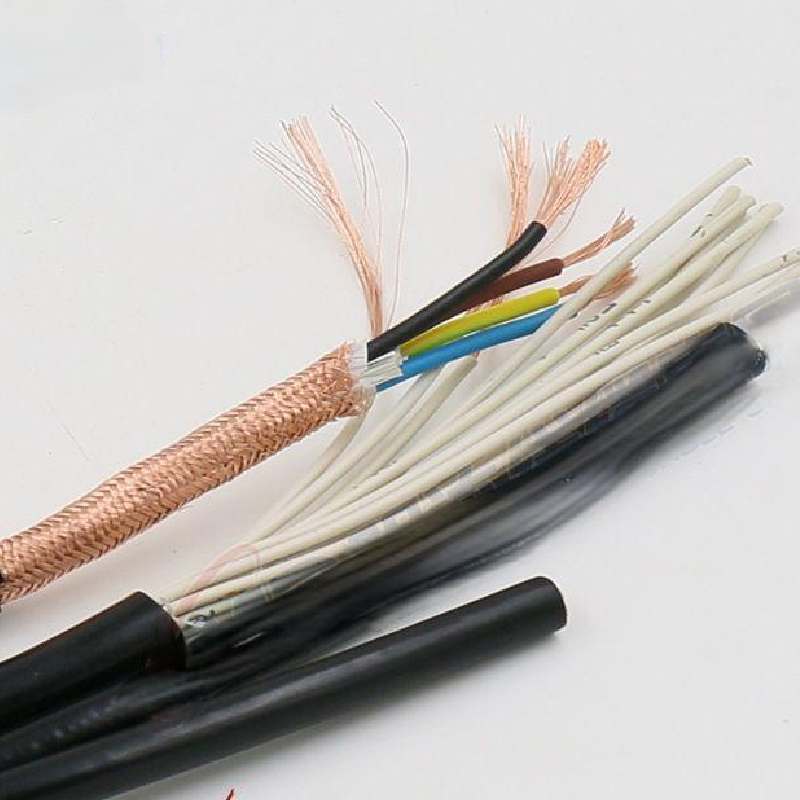Dec . 26, 2024 19:13 Back to list
types of electric cable wire
Different Types of Electric Cable Wires
Electric cables play a crucial role in our daily lives, powering everything from our homes and appliances to public infrastructure and industrial machinery. The vast array of electric cable types available can be overwhelming, but understanding the different types and their specific applications is essential for selecting the right one for any project. This article will explore the major types of electric cable wires, their characteristics, and their uses.
1. Non-Metallic Sheathed Cable (NM Cable)
One of the most common types of electric cable is Non-Metallic Sheathed Cable, often referred to as NM cable or Romex. This type typically consists of two or more insulated conductors and a ground wire enclosed in a plastic sheath. NM cable is primarily used in residential wiring for light fixtures, outlets, and general power distribution. Its flexibility and ease of installation make it a popular choice among electricians. Moreover, NM cable is rated for indoor use and should not be exposed to moisture or harsh environmental conditions.
2. Underground Feeder Cable (UF Cable)
UF cable is a variation of NM cable designed for underground installation. It features a thicker, more robust outer sheath that provides extra protection against moisture, chemicals, and mechanical damage. UF cables are commonly used for outdoor wiring projects, such as powering sheds, garages, and landscape lighting. They are also suitable for direct burial in the ground, making them ideal for applications requiring durability and resistance to the elements.
3. Armored Cable (AC)
Armored cable, also known as Type AC or BX cable, consists of insulated conductors encased in a flexible metal sheath. This design provides enhanced protection against physical damage, making it suitable for use in commercial and industrial settings as well as residential applications. Armored cables are often employed in areas where there is potential exposure to severe environmental conditions or where additional protection is needed, such as in unfinished basements or garages.
types of electric cable wire

4. Coaxial Cable
Coaxial cable is widely recognized for its use in television and internet connectivity. The cable consists of a central conductor, an insulating layer, a metallic shield, and an outer insulating layer. This design allows coaxial cables to transmit high-frequency signals with minimal interference, making them ideal for cable television, broadband internet, and other data transmission applications. They come in various types, including RG-6 and RG-59, each suited for specific bandwidths and distances.
5. Fiber Optic Cable
As technology continues to advance, fiber optic cables have become increasingly popular due to their ability to transmit data at incredibly high speeds over long distances. Unlike traditional copper cables, fiber optic cables use thin strands of glass or plastic to transmit light signals, providing faster and more reliable connectivity. They are commonly used in telecommunications, internet services, and even in some advanced electrical applications where high bandwidth is required.
6. Thermoplastic and Thermoset Cables
Thermoplastic and thermoset cables refer to the types of insulation materials used around the conductors. Thermoplastic cables, often made with polyvinyl chloride (PVC) or polyethylene (PE), are flexible and relatively cost-effective. On the other hand, thermoset cables—commonly made from cross-linked polyethylene (XLPE) or rubber—provide superior heat and chemical resistance, making them suitable for industrial environments where harsh conditions are present.
Conclusion
Choosing the right type of electric cable wire is crucial for ensuring safety, reliability, and performance in any electrical project. From residential applications using NM and UF cables to high-tech communication systems built on fiber optic technology, each type serves a unique purpose based on its design and specifications. By understanding the different types of electric cable wires available, individuals and businesses can make informed decisions that meet their specific wiring needs, ultimately contributing to a safer and more efficient electrical system.
Share